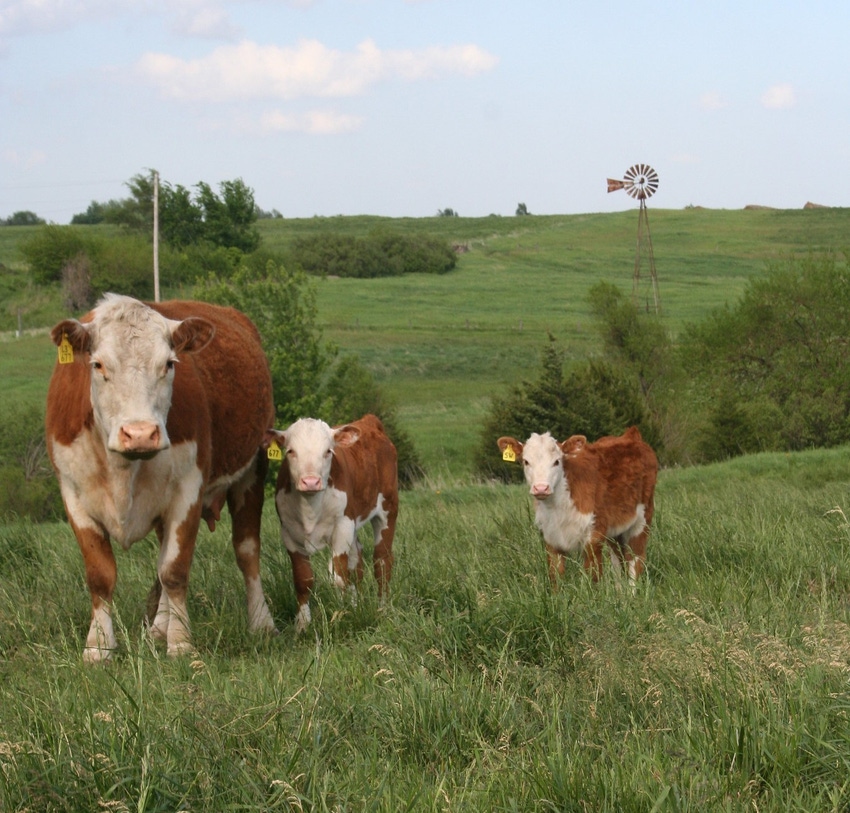Encourage Your Organization: Bagley Risk Management Insights
Encourage Your Organization: Bagley Risk Management Insights
Blog Article
Trick Elements to Think About When Finding Animals Risk Security (LRP) Insurance Policy
When examining alternatives for Livestock Threat Defense (LRP) insurance coverage, a number of crucial variables require careful consideration to make certain efficient risk monitoring in the farming sector. Choosing the right insurance coverage options customized to your certain animals procedure is critical, as is understanding how premium expenses correlate with the degree of security offered.
Insurance Coverage Options
When taking into consideration Animals Danger Defense (LRP) insurance coverage, it is important to understand the various protection choices offered to minimize risks in the agricultural field. Animals Risk Defense (LRP) insurance offers different protection options customized to satisfy the varied requirements of animals producers.
Another vital protection choice is the endorsement duration, which identifies the length of time the protection is in effect. Manufacturers can choose the recommendation period that best suits their production cycle and market conditions. Furthermore, insurance coverage levels and prices differ based upon the type of livestock being insured, providing manufacturers the versatility to personalize their insurance intends according to their particular demands.
Comprehending the various coverage choices readily available under Animals Risk Protection (LRP) insurance coverage is crucial for manufacturers to make educated decisions that successfully safeguard their livestock procedures from market uncertainties.
Premium Prices

Livestock Danger Security (LRP) insurance gives crucial coverage options tailored to reduce dangers in the agricultural industry, with a considerable element to take into consideration being the calculation and structure of premium expenses. These include the kind and number of animals being insured, the coverage level chosen, the present market costs, historic price data, and the length of the coverage period.
Premium prices for LRP insurance policy are generally determined based on actuarial data and risk evaluation designs. Insurance companies examine historic data on animals prices and manufacturing costs to establish a suitable costs that shows the level of danger included. It is important for animals manufacturers to meticulously review premium costs and insurance coverage alternatives to guarantee they are adequately shielded versus prospective monetary losses because of unfavorable market problems or unanticipated events. By understanding just how exceptional prices are calculated and structured, manufacturers can make informed choices when selecting the best LRP insurance plan for their operation.
Qualified Livestock
The decision of eligible animals for Livestock Threat Protection (LRP) insurance protection entails careful factor to consider of particular requirements and qualities. Animals types that are generally qualified for LRP insurance coverage consist of feeder cattle, fed lambs, livestock, and swine.
Feeder cattle, for example, are commonly qualified for LRP coverage if they drop within defined weight varieties. Lambs are one more classification of animals that can be taken into consideration for LRP insurance policy, with elements such as weight and age playing a critical duty in identifying their eligibility.
Prior to picking LRP insurance for animals, manufacturers need to very carefully examine the eligibility criteria detailed by the insurance copyright to ensure their pets meet the my latest blog post essential needs for insurance coverage.
Plan Flexibility
Policy flexibility in Livestock Risk Defense (LRP) insurance coverage enables producers to customize coverage to fit their certain demands and risk management strategies. This versatility equips livestock producers to personalize their insurance coverage plans based on variables such as the kind of animals they have, market problems, and individual threat tolerance degrees. By offering personalized options, LRP insurance policy enables manufacturers to efficiently manage their threat exposure while securing their livestock operations versus unforeseen market volatility.
Cases Process
Upon experiencing a loss or damage, manufacturers can initiate the insurance claims procedure for their Livestock Danger Defense (LRP) insurance coverage by promptly contacting their insurance policy copyright. It is essential for manufacturers to report the loss as quickly as possible to accelerate the claims process. When connecting to the insurance policy service provider, manufacturers will require to provide in-depth details about the occurrence, consisting of the day, nature of the loss, and any relevant paperwork such as veterinary documents or market value.

After the assessment is full, the insurance coverage service provider will certainly make a decision pertaining to the insurance claim and connect the result to the manufacturer. If the insurance claim is approved, the producer will certainly get compensation according to the regards to their Livestock Danger Defense (LRP) insurance coverage. Bagley Risk Management. It is necessary for producers to be knowledgeable about the cases procedure to make certain a smooth experience in case of a loss

Verdict
To conclude, when selecting Livestock Danger Defense (LRP) insurance, it is vital to consider protection choices, premium prices, eligible livestock, policy look at more info adaptability, and the claims process. These essential elements will assist make sure that farmers and ranchers are properly safeguarded against potential threats and losses connected with their animals procedures. Making a notified decision based on these factors to consider can inevitably cause much better monetary safety and security and peace of mind for animals manufacturers.
Animals Risk Protection (LRP) insurance policy supplies different coverage options customized to fulfill the varied requirements of animals manufacturers.The decision of qualified animals for Animals Danger Protection (LRP) insurance policy protection includes careful factor to consider of details requirements and qualities.Policy adaptability in Livestock Threat Security (LRP) insurance coverage allows manufacturers to customize coverage to match their certain needs and risk monitoring techniques.Upon experiencing a loss or damages, manufacturers can initiate the insurance claims process for their Animals Threat Protection (LRP) insurance by immediately contacting their insurance coverage company.In conclusion, when choosing Livestock Risk Security (LRP) insurance coverage, it is vital to consider protection options, premium prices, qualified livestock, plan versatility, and the cases procedure.
Report this page